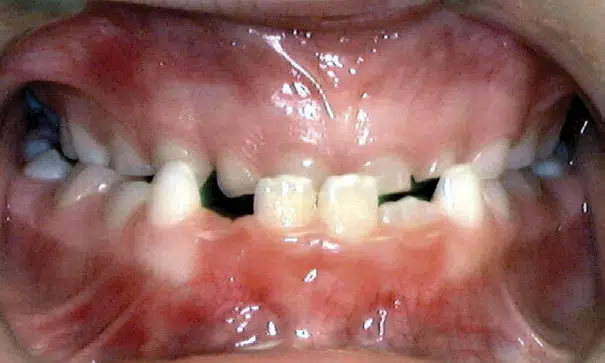Orthodontic problems can affect anyone. In fact, our teeth are almost never naturally perfect. Malocclusion, or a “bad bite”, can cause problems with chewing, oral hygiene, speaking and aesthetics. Malocclusion can be caused by genetics, habits, dental disease, poor dental hygiene, accidents, birth defects or other medical conditions.
Being educated about the orthodontic problem you or your child may have is the first step to correcting it. Dr. Caroline Pawlak can improve both the functionality of your bite and the appearance of your smile with orthodontic treatment.
Below are some examples of the most common orthodontic problems.
Overjet
Clinically this protrusion is known as an increased overjet. It is characterized by the upper teeth extending too far forward or the lower teeth not extending far enough forward.
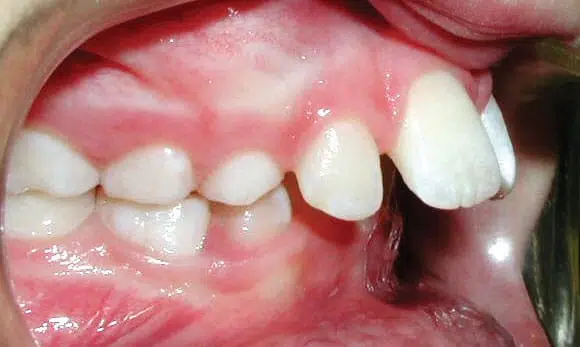

Overbite
An increased overbite is when upper front teeth overlap the lower front teeth excessively. Sometimes the lower front teeth bite into the roof of the mouth.
Crossbite
The upper teeth sit inside the lower teeth, which may cause a traumatic bite, gum recession and misaligned jaw growth.
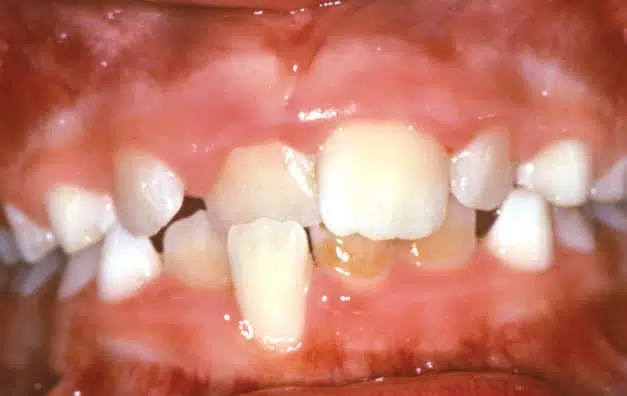
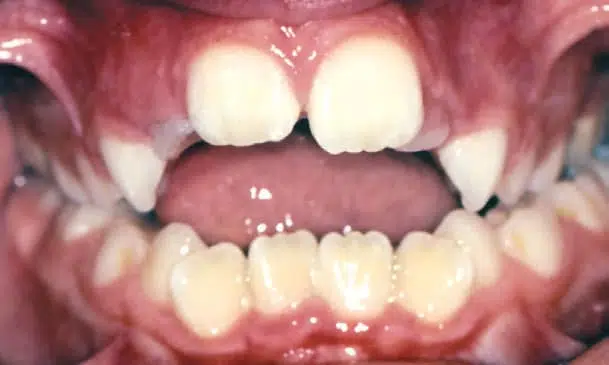
Open bite
An open bite means the upper front teeth do not overlap the lower front teeth at all. An open bite can have many causes including tongue posturing, thumb sucking habit or a problem with jaw growth.
Crowding
Crowding occurs when teeth have insufficient space to erupt into the arch.

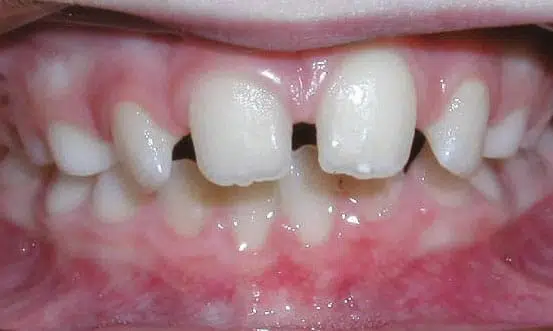
Spacing
Spacing can be caused by small or missing teeth. It may also just be an aesthetic issue.
Underbite
In an underbite, the lower front teeth to sit in the front of the upper front teeth. The underlying cause can be dental, skeletal or both.
